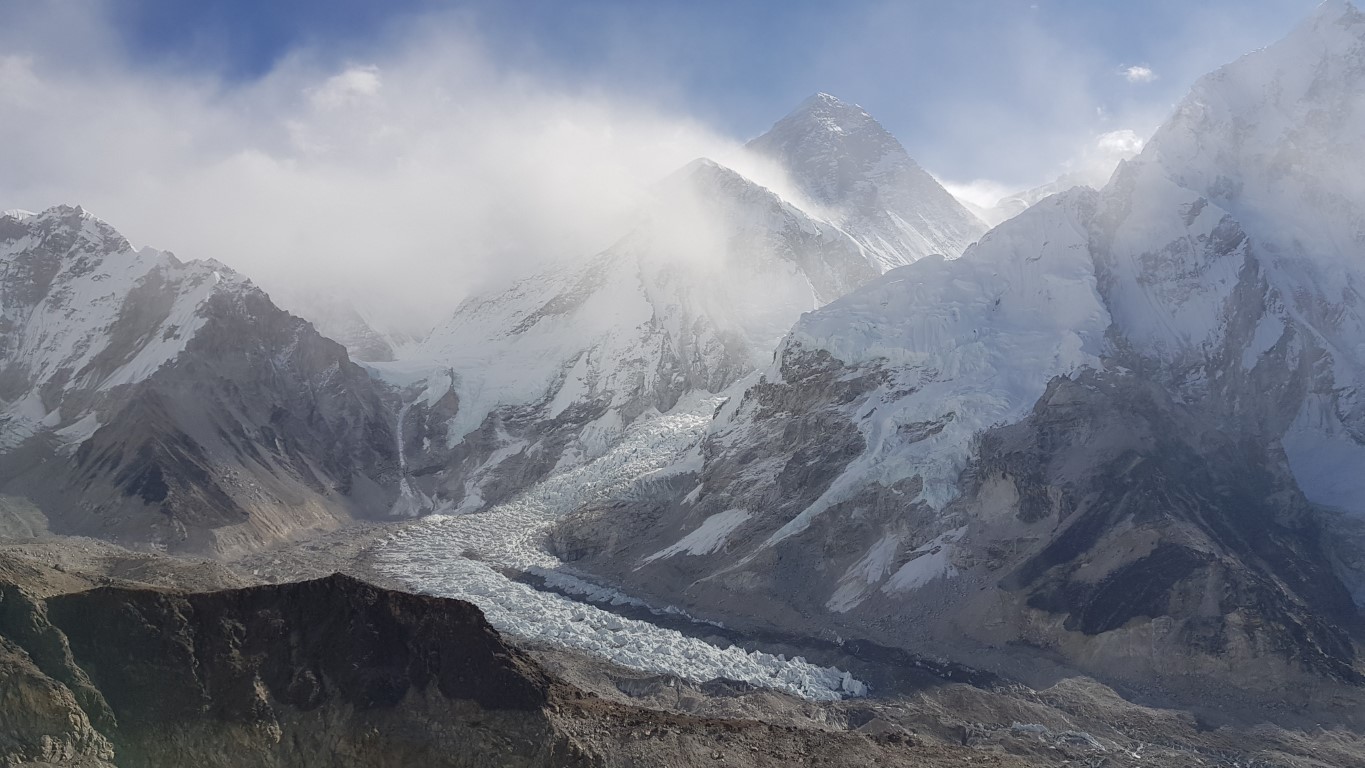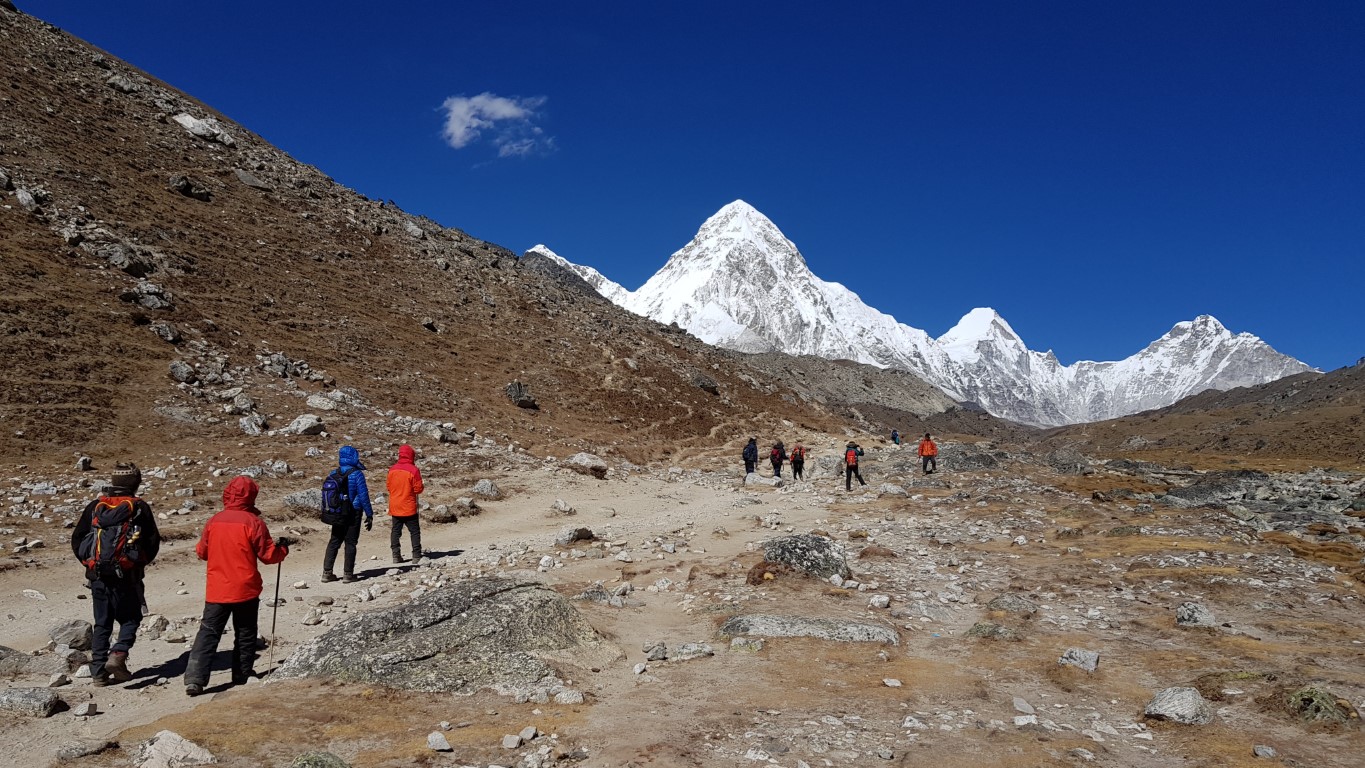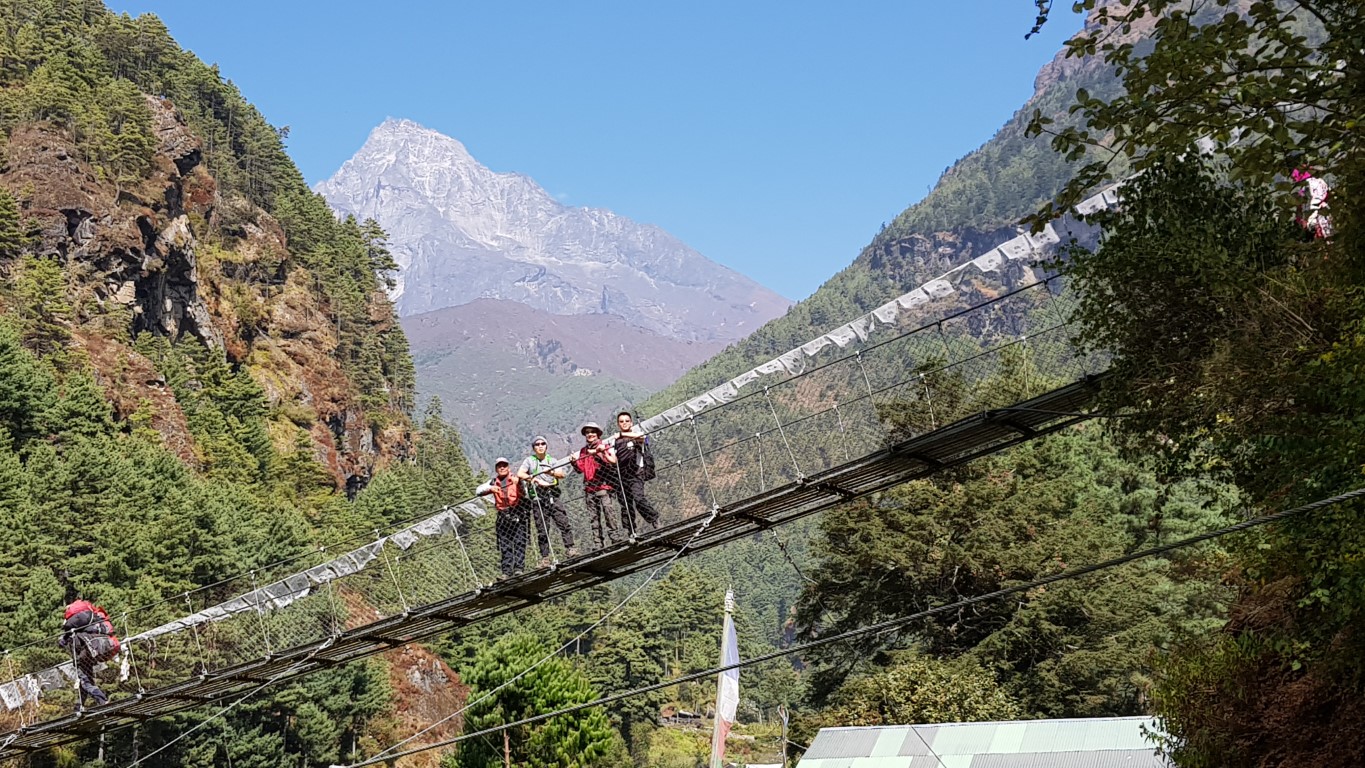
Explore the Everest Summit : The World’s Highest Natural Wonder
The Everest Summit is the highest point on Earth, reaching a breathtaking height of 8,848.86 meters (29,031.7 feet). Every year, thousands of climbers from around the world dream of standing on top of this majestic peak. But what does it really take to reach the summit of Mount Everest? In this Everest Summit explained guide, we’ll explore the mountain’s geography, height, history, and what it takes to climb it—from Everest Base Camp to the summit.
What is the Everest Summit?
The summit of Mount Everest is the very top of the mountain the highest place on Earth. It’s where the air is thin, the temperature is freezing, and only a few people manage to reach each year. Getting there is tough, but for many climbers, it’s a once-in-a-lifetime goal.
Where is Mount Everest Located?
Mount Everest lies on the border of Nepal and the Tibet Autonomous Region of China.
- The southern side of the mountain is in Nepal, within Sagarmatha National Park.
- The northern side is in Tibet, within Qomolangma National Nature Preserve.
Most climbers begin their Mount Everest summit climb from the south side (Nepal), starting at Everest Base Camp (EBC), which sits at an altitude of about 5,364 meters (17,598 feet).

What is the Height of the Everest Summit?
The official height of Mount Everest is 8,848.86 meters (29,031.7 feet). This was confirmed by a joint survey conducted by Nepal and China in 2020. The height includes the snow cap, which can vary slightly depending on weather conditions.
Despite occasional debates about its height, Mount Everest remains the tallest mountain above sea level and a symbol of extreme adventure.
History of the Everest Summit
Early Recognition
Mount Everest was first identified as the world’s tallest mountain in 1856 and was named after Sir George Everest, a British surveyor. Before that, it was known as Peak XV.
First Successful Ascent
On May 29, 1953, Sir Edmund Hillary from New Zealand and Tenzing Norgay, a Sherpa from Nepal, became the first climbers to reach the Everest Summit. Their historic achievement inspired generations of climbers.
Since then, thousands of climbers have attempted the Everest summit climb, facing extreme challenges and conditions.
What Makes the Everest Summit the Highest Point on Earth?
The Everest Summit is located in the Himalayan mountain range, which was formed by the collision of the Indian and Eurasian tectonic plates. This geological activity continues to push the mountain slightly higher each year. Among the many peaks in the Himalayas, Everest stands tallest, making it the highest natural point on the planet.

How to Summit Mount Everest
Climbing Everest requires careful planning, high-level fitness, and mental strength. Here’s how most climbers do it:
1. Choose a Route
There are two main routes to the top:
- South Route (Nepal) – Most popular and starts from Everest Base Camp.
- North Route (Tibet) – Less crowded but more technically challenging.
2. Prepare Your Body and Mind
Everest summit preparation includes:
- High-altitude training
- Cardiovascular workouts
- Cold-weather survival skills
- Technical mountaineering experience
3. Join a Guided Expedition
Most climbers join a guided group with Sherpa support, oxygen supplies, and experienced leaders. These expeditions usually last 6 to 9 weeks, including acclimatization periods.

How much does Everest Summit Cost?
The cost to summit Mount Everest varies widely depending on the route, guide company, and services included.
On average:
- Budget expeditions: $30,000 to $45,000
- Mid-range: $45,000 to $70,000
- Luxury expeditions: $70,000 to $100,000+
Note: Costs include permits, guides, Sherpas, oxygen tanks, gear, food, and insurance.
Everest Base Camp to Summit
The journey from Everest Base Camp to the summit is the most dangerous and physically demanding part of the climb. It is typically broken into several stages:
- Base Camp (5,364 m)
- Camp I (6,065 m) – Through the dangerous Khumbu Icefall
- Camp II (6,400 m) – Also known as Advanced Base Camp
- Camp III (7,200 m) – Located on Lhotse Face
- Camp IV (8,000 m) – Also known as the “Death Zone”
- Summit Push (8,848 m) – Final push via the Hillary Step and the South Summit
Most climbers spend only a few minutes at the summit due to the extreme conditions.
Everest Summit Success Rate
The Everest summit success rate has improved with better weather forecasting, gear, and support teams.
- In recent years, the success rate is around 60–65% for guided climbers.
- The main reasons for failure include altitude sickness, exhaustion, and sudden weather changes.
However, Everest remains a very dangerous mountain, and safety should always be the top priority.
Everest Summit Facts
Here are some amazing facts about Mount Everest Summit:
- Over 6,000 successful ascents have been recorded
- Kami Rita Sherpa holds the record with 28 summits
- The summit temperature can drop to -40°C (-40°F)
- Oxygen levels are just one-third of sea level
- The mountain grows about 4 mm every year due to tectonic activity
- The youngest person to summit Everest was 13 years old
- The oldest was 80 years old (Yuichiro Miura, Japan)
Conclusion
The Everest Summit is not just the highest point on Earth—it’s a symbol of human determination, adventure, and endurance. From the scenic trek to Everest Base Camp to the final summit push, every step is filled with challenge and reward. Whether you're planning to climb it or simply curious about it, learning about Mount Everest gives you a deep appreciation for the natural wonders of our planet. Contact us!





